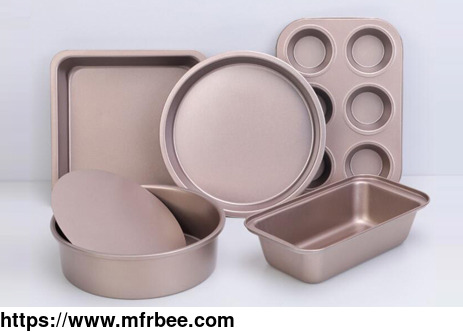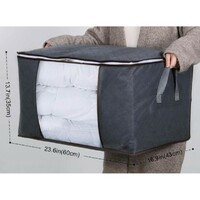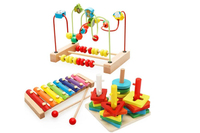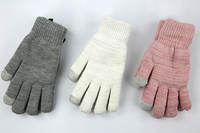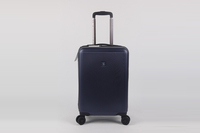How Often Should Kitchen Utensils Be Replaced?
Specifications
How often should you replace cutting boards
We are all very concerned about the shelf life of food and whether the food in the refrigerator has deteriorated, but how do you know when to replace the various utensils in the kitchen? The
kitchen utensils that are most prone to bacteria in the home may be kitchen dish towels, sponges for dishwashing and cutting boards. How often do types of kitchenware need to be replaced with new
ones?
1. Replacement and cleaning of kitchen utensils like sponges for dishwashing
Some microorganisms can cause disease, and some microorganisms that are not originally disease-causing can cause disease when they arrive at the wrong place at the wrong time, but most
microorganisms do not cause disease. We can protect ourselves from certain pathogens by maintaining good hygiene habits. As for the dishwashing sponges of the kitchen utensils we often use, the
wetter the place, the more bacteria there will be. Therefore, the sponge for dishwashing in the kitchen utensils should be placed in a suitable place.
In an ideal situation, changing the sponge of high quality kitchen utensils every day is the healthiest. But the more realistic approach is: put it on the edge of the kitchen sink for washing only;
use hot soapy water for washing dishes; disinfect it every day. The easiest way is to boil it in water and keep it boiling for at least 5 minutes; the dish-washing sponges of kitchen utensils
should be replaced every week or every two weeks. In addition, it is recommended to make use of kitchen towel instead of sponges to wipe the counter, and never let the raw meat touch the dishcloth
or sponge. The same goes for rags and dish towels in kitchen utensils. If you are cooking every day, you need to turn these items into clean items every day.
2. When is the cutting board in the kitchen utensils replaced?
It can be replaced when it looks worn out. Whether you use wooden, plastic or stone cutting boards at home, you should "separate raw and cooked". Use at least one cutting board for kitchen
utensils to cut raw meat, and another cutting board for vegetables and other items to avoid cross-contamination. After each meal, it should be cleaned with detergent/soap water to remove oil stains
and kill bacteria. If your cutting boards at home have excessively worn or have deep grooves that are difficult to clean, you should throw them away.
There are many general merchandise manufacturers, but we are one of the best choices for you.
- Country: China (Mainland)
- Address: Floor 5, No.113 Qiushi Road, Beiyuan, Yiwu, Zhejiang, China
- Contact: Jack Fan
